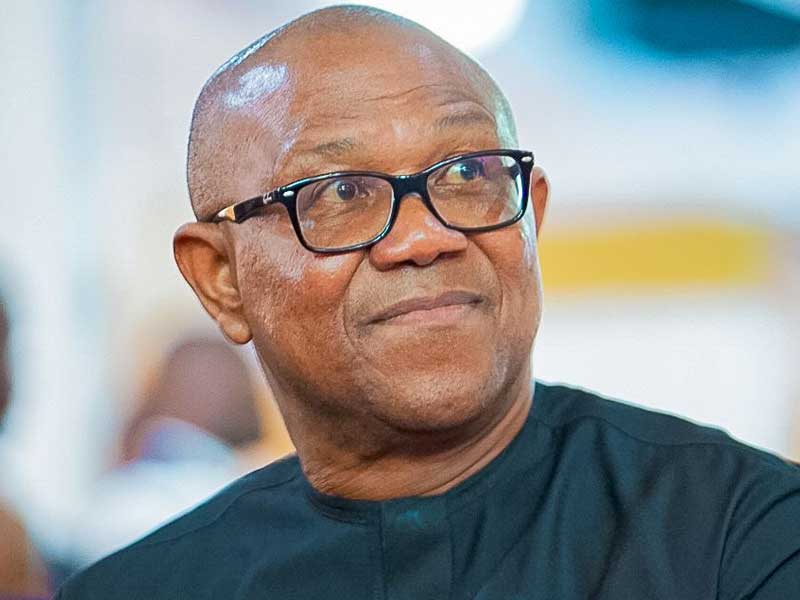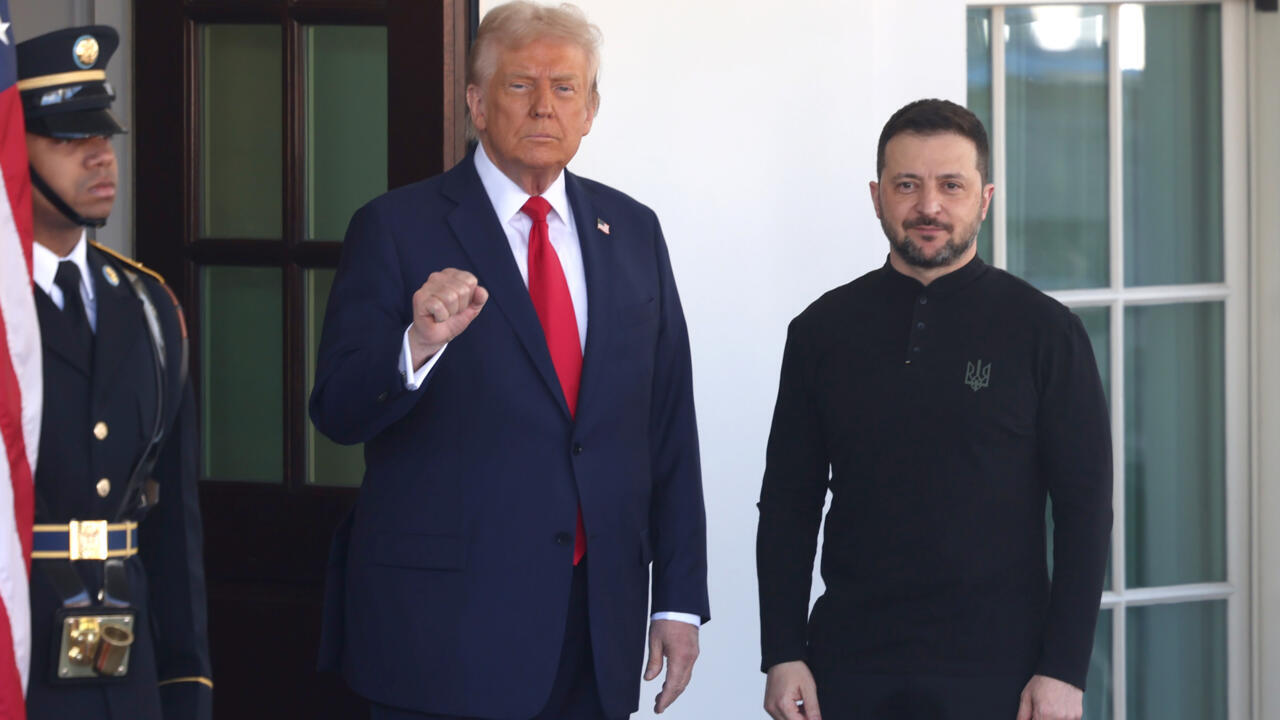Central banks worldwide are adjusting their monetary policies in response to rising interest rates and evolving economic conditions. In the United States, Federal Reserve Governor Christopher Waller has indicated openness to potential interest rate cuts later in 2025, despite inflationary pressures from import tariffs. He emphasized that temporary inflation spikes should not impede rate policy, and if core inflation trends toward the Fed’s 2% target while the labor market remains strong, he would support rate cuts. Waller noted that the economy and job market provide time to assess the evolving trade landscape before altering monetary policy.
Similarly, Federal Reserve Bank of Dallas President Lorie Logan stated that the Fed may need to maintain current short-term interest rates for an extended period as it evaluates the economic impacts of President Donald Trump’s trade, tax, and regulatory policies. She emphasized that while the labor market remains strong and inflation is gradually approaching target, the Fed’s risk outlook is balanced, and any shift in those risks may take time to become evident. Logan reiterated that the central bank is prepared to respond if these risks change.
In the United Kingdom, Bank of England policymaker Catherine Mann highlighted the need to reconsider the impact of quantitative tightening (QT) on the UK’s monetary and financial conditions, especially as the Bank has lowered interest rates multiple times recently. Mann stressed that as the Bank becomes less restrictive with policy, it should examine how QT and lower interest rates differently affect the yield curve and monetary transmission. She warned that continued QT could reduce financial system reserves to the point where banks must rely on Bank of England liquidity operations.
The European Central Bank (ECB) faces a complex challenge as the euro has surged over 10% against the dollar in just four months, despite a series of interest rate cuts. The ECB is expected to further cut its main borrowing rate to 2%, considered a neutral rate, with real rates returning to zero for the first time in two years. This has pushed the euro’s nominal and real indices to record highs. The ECB now faces the dilemma of managing the disinflationary impact of the strong euro while potentially benefiting from increased domestic demand and investment.
Globally, the Bank for International Settlements (BIS) has urged governments to address the ongoing rise in public debt, emphasizing that the era of ultra-low interest rates has ended. BIS General Manager Agustin Carstens warned that the current fiscal paths of many countries are unsustainable, especially as bond yields increase in the U.S., Japan, and Europe. He cautioned that failure to implement fiscal consolidation could result in market destabilization and eroded public trust. Carstens stressed that central banks should not bear sole responsibility for economic stability, particularly as inflation is influenced by factors beyond their control.
In Asia, China’s central bank has signaled potential policy changes to meet growing external challenges, pledging to keep supporting the yuan as trade frictions weigh on the currency. The People’s Bank of China stated it will adjust the pace and intensity of its policymaking based on economic and financial conditions at home and abroad. This includes conducting open market operations flexibly and using a mix of monetary tools to maintain ample liquidity.
In Africa, countries like Egypt, Nigeria, and Angola have responded to high inflation by implementing rate hikes and monetary reforms to stabilize their economies. For instance, Egypt hiked its rates by 8% in 2024 to 27.25% in December from 19.25% in January, aiming to curb inflationary pressures.
These global policy adjustments reflect central banks’ efforts to balance economic growth with inflation control amid rising interest rates and evolving financial landscapes.











Leave a comment